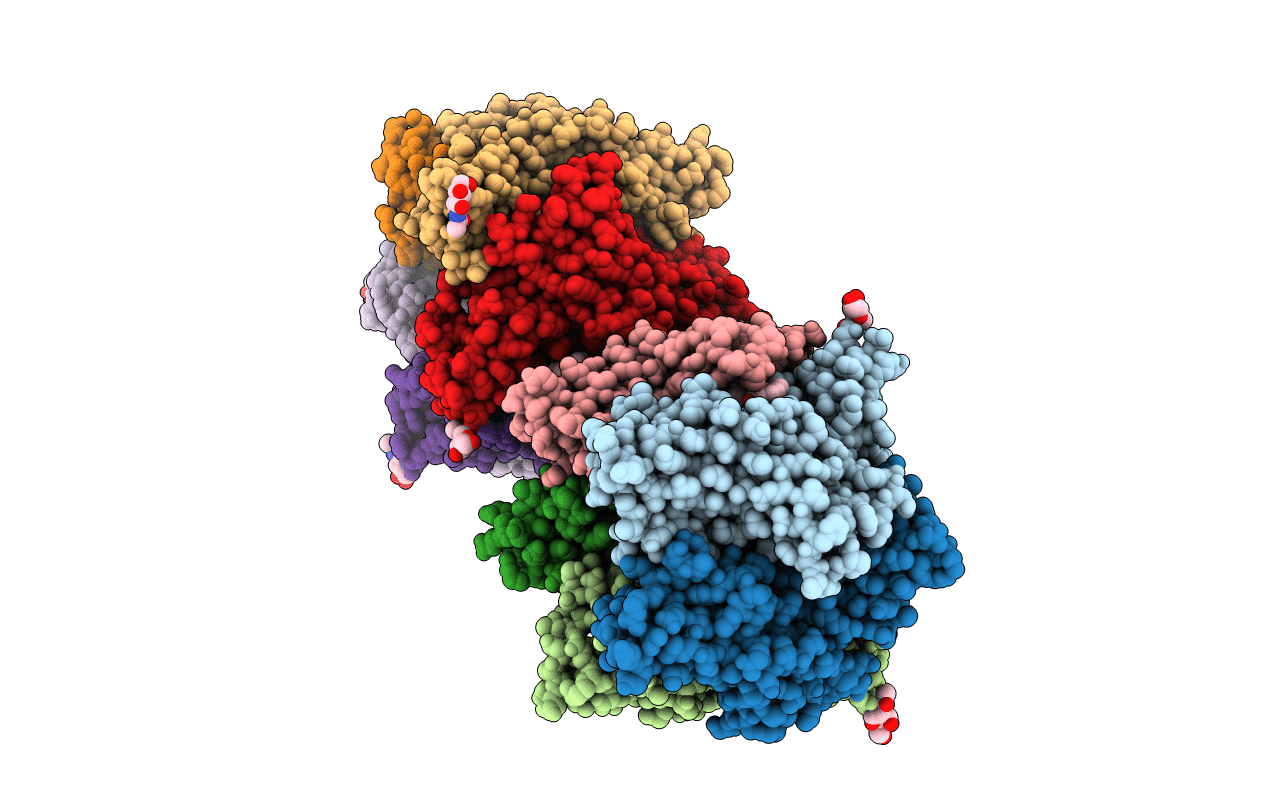
Deposition Date
2016-09-20
Release Date
2016-10-12
Last Version Date
2024-11-13
Entry Detail
PDB ID:
5LXB
Keywords:
Title:
Crystal structure of a mutant binding protein (5HTBP-AChBP) in complex with palonosetron
Biological Source:
Source Organism:
Aplysia californica (Taxon ID: 6500)
Host Organism:
Method Details:
Experimental Method:
Resolution:
2.34 Å
R-Value Free:
0.24
R-Value Work:
0.21
R-Value Observed:
0.21
Space Group:
P 1 21 1


